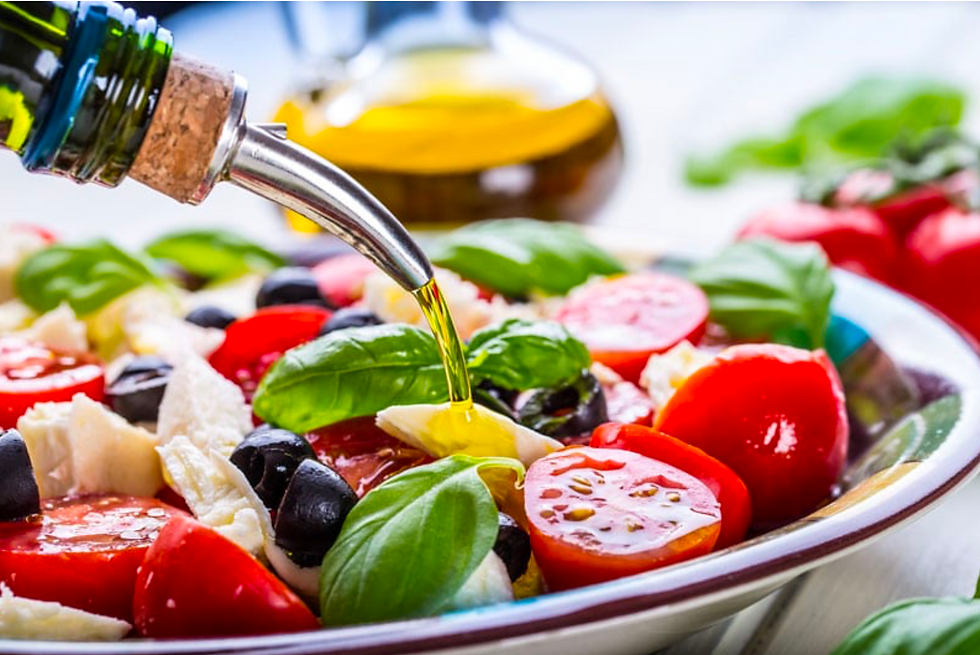¡Viva las Papas!
- Cassandra J. Moseley
- Feb 4, 2024
- 3 min read

Peru is widely known for its landmark Machu Picchu, that was once home to the Incan. However, it is also widely known for its mercados, that are filled with various fruits, vegetables, grains, and meats; and vibrant Andean fabrics going as far as the eyes can see. Similar to many other cultures around the globe, most Peruvian meals consist of a starch, meat, and vegetables. What many don’t know about Peru is that the Incans are thought to be the first cultivators of potatoes. Thanks to the Incans, Peru is home to a vast and colorful variety of potatoes and the Andean mountains are home to more than 4,000 variety of potatoes. Potatoes are the star of many traditional Peruvian dishes as an ode to the Incans and Peruvian heritage. To Peruvians, potatoes are considered one of those ingredients that are handled with care and respect during preparation. It is important to understand and respect the use of this crop in many Peruvian’s everyday life; and allow them to maintain the integrity of their traditional meals.
One well-known staple dish in Peruvian homes, is lomo saltado or lomo for short. Lomo, in a simplistic view is one version of stir-fry with potatoes. Lomo is a traditional
meal, most often made during the winter months and is our version of a comfort meal. Traditional lomo is packed with flavor that is soaked up by the potato strips that are mixed in with beef sirloin chunks, tomatoes, onion chunks. Lomo is also one of the most well-known examples of Peru’s notorious Asian fusion cuisine that developed from the Chinese immigration to Peru. Though this is a classic fusion cuisine, loved by many, it still has its Peruvian novelty, as it is historically made with papa amarilla. Many dishes, such as lomo are often served with gracious amount of white rice as a complement to the meal. This is where it is important to remember the history of potatoes in Peru.
As healthcare providers, we want to provide the best care and advice that we can for our patients, which also means being knowledgeable of other cultures. It is important to maintain traditional food recipes as much as possible. Think about it this way, when you miss home you want to make mom’s five-cheese macaroni and cheese to feel all of those memories you have with that dish, right? That is how many migrants feel after coming to the US; they want that dish that reminds them of picking the best potatoes, vegetables, and spices out at the mercados and creating their favorite dish with mom, dad, or grandma. It is important when advising patients or clients about traditional dishes, to be mindful of the importance of this meal and what it means in their culture.
Maintaining the integrity and authenticity of dishes, such as Peruvian ones where potatoes are the honorable star, is of the upmost importance. This is where it would be important to make small changes to keep the meal intact. When cooking traditional meals for my family, I often keep my mom and grandma in mind; and how I want them to always have a little taste of home in their new home. For example, we have found it helpful to focus more on portion size rather than eliminating important aspects of our
dishes. This includes being more mindful of white rice portions when consuming meals with potatoes or being mindful of a more beneficial cooking style (baking vs. frying potatoes or meat).
Learn more about the Peru’s potato history here:
https://www.trafalgar.com/real-word/peruvian-potatoes/ - :~:text=Potatoes are the most commonly,the star of Peruvian cuisine.
Try and make traditional lomo saltado at home! Substitution tips (Grandma approved!) -
Air-fry potatoes for ~15-20 minutes or bake in the oven at 350 degrees for ~20 minutes, occasionally flipping potatoes. For a high fiber option, sub brown rice for white rice. For low-sodium options, try low-sodium beef broth and low-sodium soy-sauce.



Comments